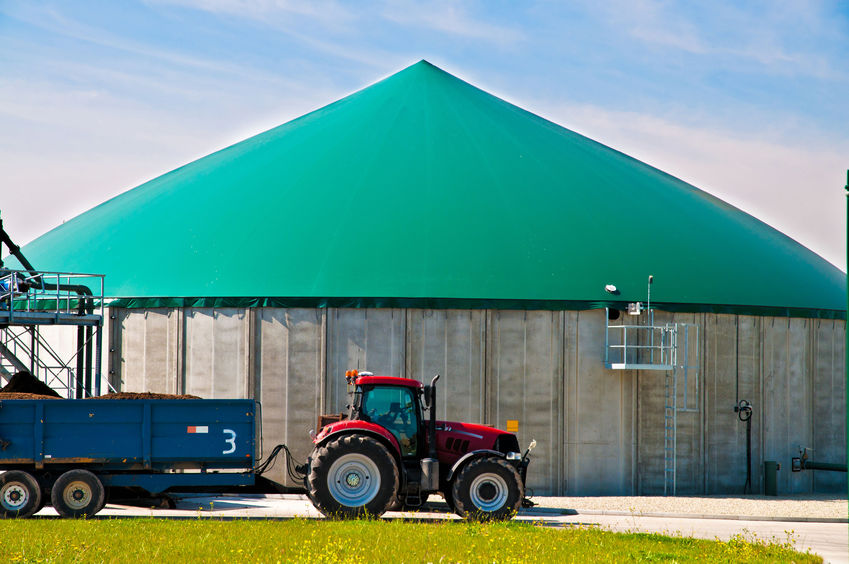
UK grown biomass can deliver 'genuine' greenhouse gas savings and an opportunity to restructure farming support, according to a new paper published today.
The report, by the Energy Technologies Institute (ETI), said it would be possible to restructure farming support in a way which encourages the sustainable growth of the UK biomass sector.
Bioenergy from biomass and waste already plays a significant role in delivering low-carbon heat, power and transport fuels in the UK.
ETI analysis highlights the continued importance of developing the bioenergy sector to deliver cost-effective emissions reductions across the energy system.
Until recently bioenergy production has been dominated by waste feedstocks, but demand for more sustainable UK-grown and imported biomass to support emissions reduction targets has risen.
To further increase supplies of UK-grown biomass more energy crops and forestry need to be planted, the report states.
Indeed, a study released earlier this month said the UK should provide more incentives to farmers growing fuel crops to double production of biofuels.
Miscanthus
The ETI has worked on a number of projects to develop a better understanding of how much sustainable biomass could be produced in the UK through identifying suitable land.
The group has estimated how much land could be dedicated to bioenergy crops, whilst taking into account other demands for land in the UK.
The ETI perspective paper 'Increasing UK biomass production through more productive use of land' brings together those findings to set out a suggested approach for delivering a substantial energy crops sector in the UK.
It says that planting around 1.4 Mha of second generation non-food bioenergy crops such as Miscanthus, Short Rotation Coppice (SRC) willow and Short Rotation Forestry (SRF), by the 2050s would make a significant contribution to delivering the country a cost- effective, low-carbon energy system.
The report says this would be equivalent to around 7.5% of the total agricultural area of the UK.
'Learn by doing'
Steadily increasing the amount of bioenergy crops in the UK out to the 2050s would allow the sector to ‘learn by doing’ and develop best practices, as well as monitor and manage impacts on other markets and the wider environment.
Hannah Evans, the ETI’s Bioenergy Strategy Manager said: “Delivering a substantial UK energy crops sector whilst balancing the demand for land use from other sectors will require an increase in land productivity and a reduction in food waste throughout the supply chain.
“The market for second generation energy crops is nascent and requires support but there are opportunities for the sector to grow.
“As the UK prepares to leave the European Union, there is an opportunity to restructure farming support in a way which provides long-term clarity and support to farmers and encourages the sustainable growth of the UK biomass sector.
“This could place a value on the wider environmental benefits growing second generation energy crops can make to the farming landscape, reducing the risk to farmers by providing a degree of income security.”
